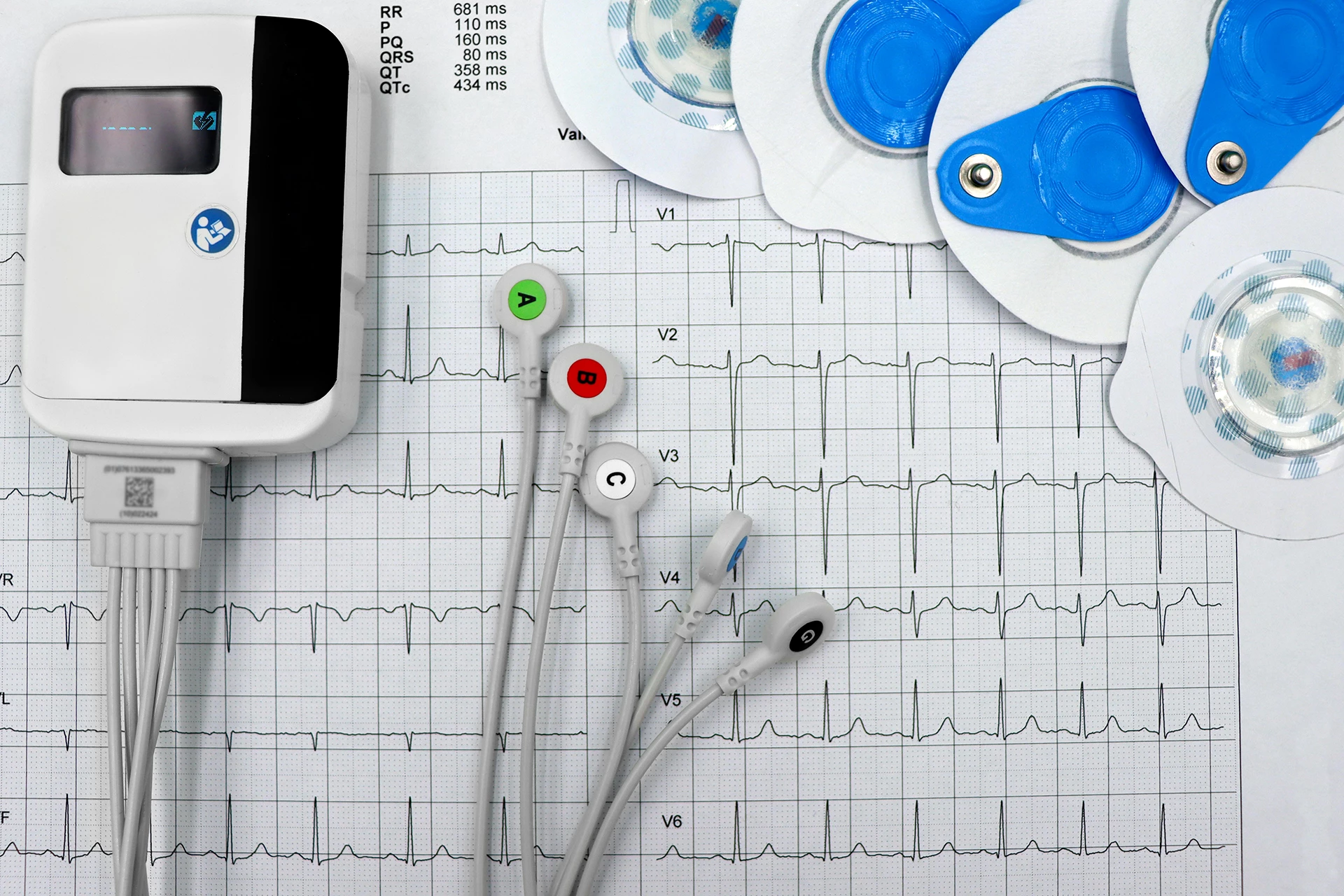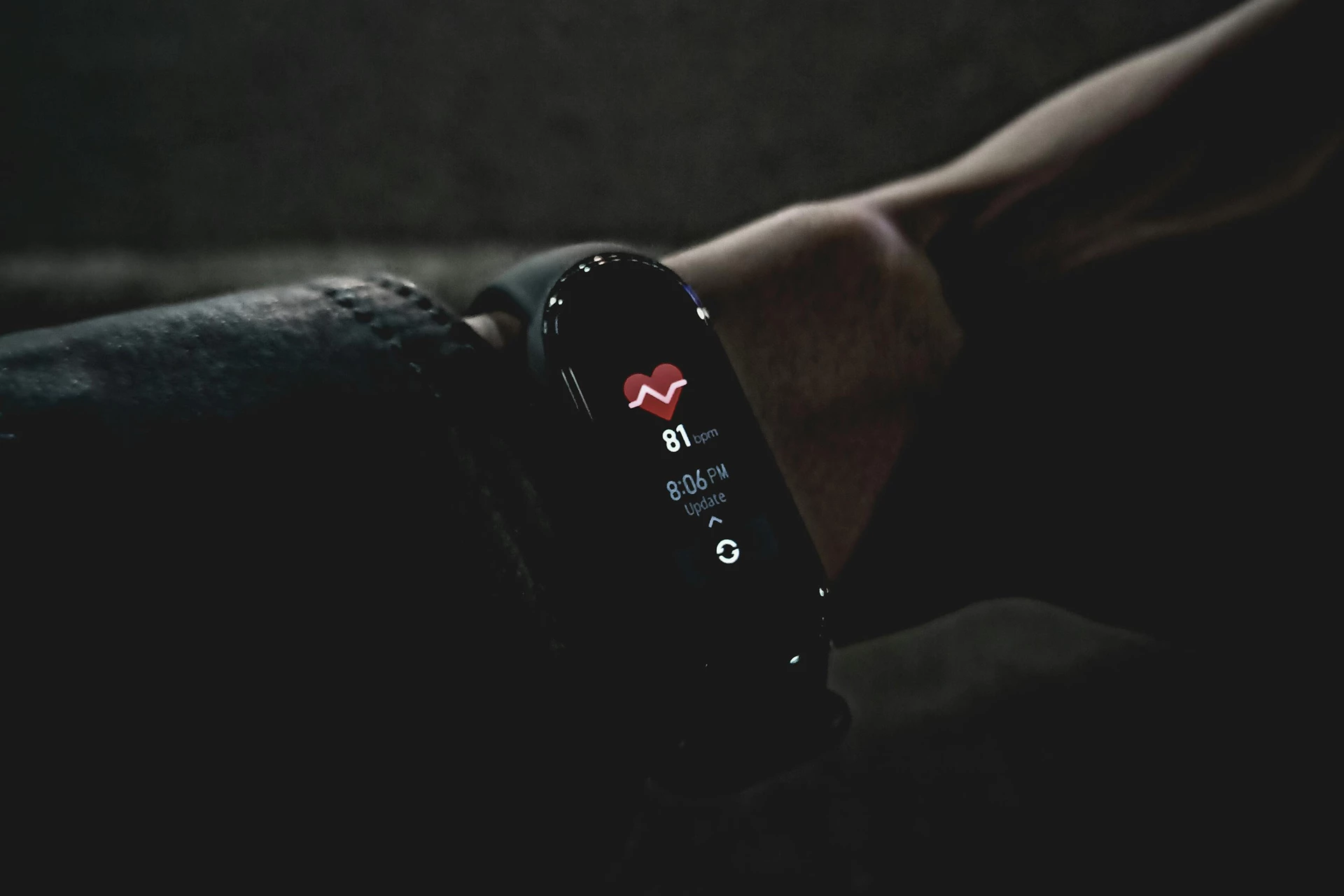Predicting longevity through stress testing
A typical interpretation of stress testing assumes that all subjects who take the test are cardiology patients. However, its prognostic value in apparently healthy, asymptomatic subjects with a low pretest probability of heart disease is rarely considered.




